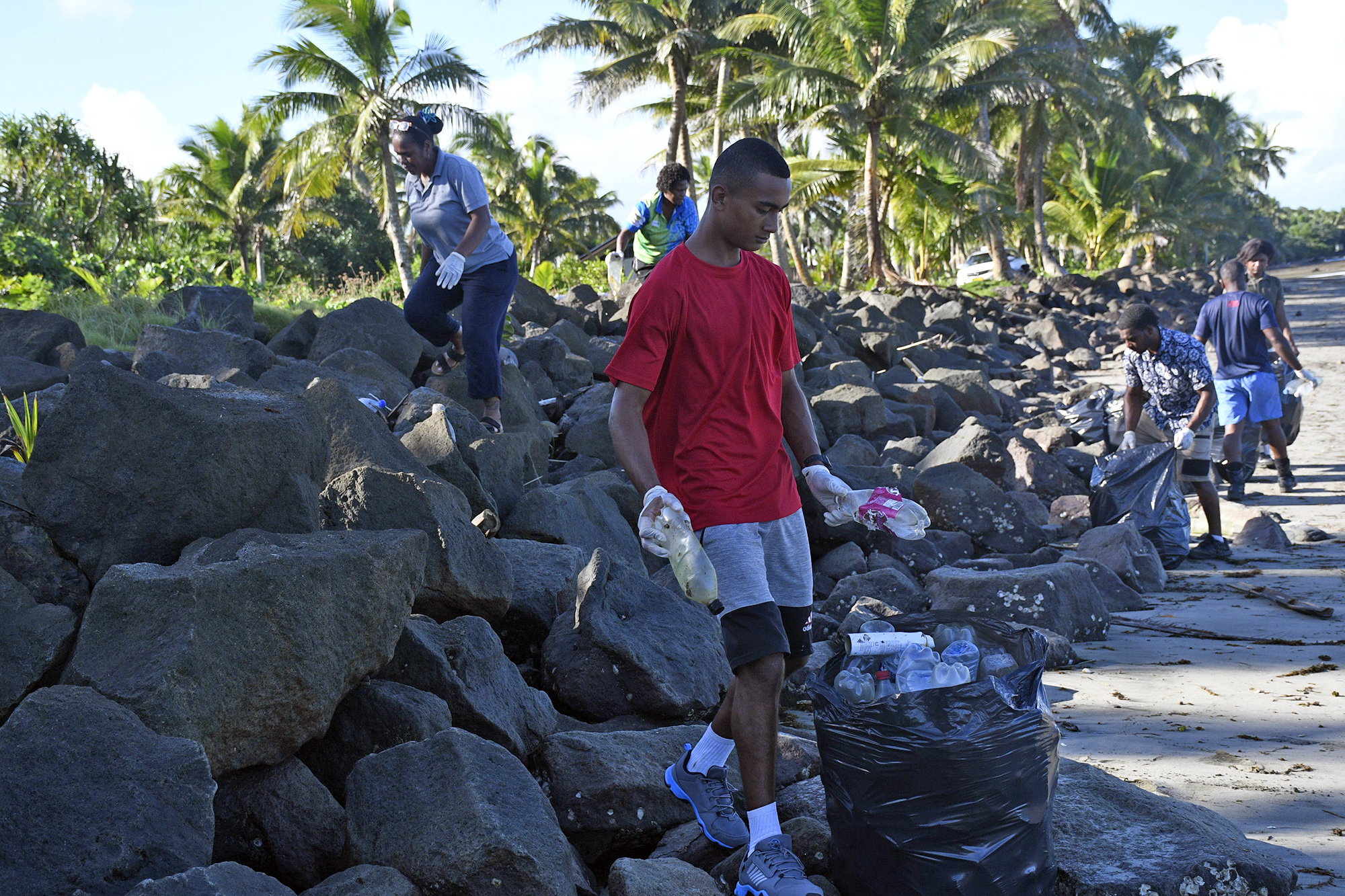A SURVEY conducted by the International Union of Conservation of Nature (IUCN) in 2020 revealed that plastic in the Pacific region accounted for seven to 17 per cent of the total waste stream.
IUCN regional director Leitua Kuiniselani Toelupe Tago said this was second to organic material, which accounted for 25 to 70 per cent.
“It is estimated that 311,090 tonnes of plastic waste are generated within 50 kilometres of PIC (Pacific island countries) coastlines each year, of which 73 per cent has the potential to leak into the marine environment,” Ms Tago said.
She said this would be in the form of littering, dumping directly into inland waterways, or windblown into the ocean from uncontained disposal sites.
She said plastic consumption and disposal across the region were creating a myriad of challenges.
“Five years later, we can only imagine the situation getting worse.
“The urgency of this issue, therefore, cannot be overstated, given the implications and impacts of plastic pollution and, more importantly, the interconnected environmental challenges of climate change, biodiversity loss and pollution, commonly known as the Triple Planetary Crisis.”
Ms Tago said these issues were closely linked and pose significant threats to the planet.
“It is incumbent upon us to take decisive action towards developing sustainable, upstream circular solutions that address our climate, biodiversity and pollution challenges.”
Ms Tago said the IUCN had been actively involved in its science and policy work at the national and global levels through its engagement in the Global Plastics Treaty discussions.



